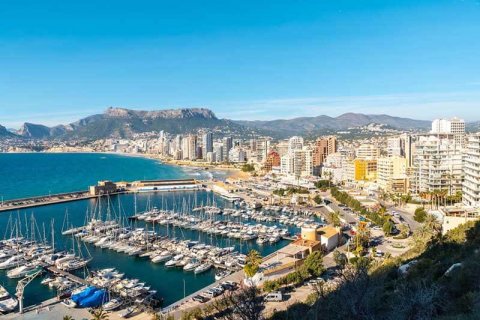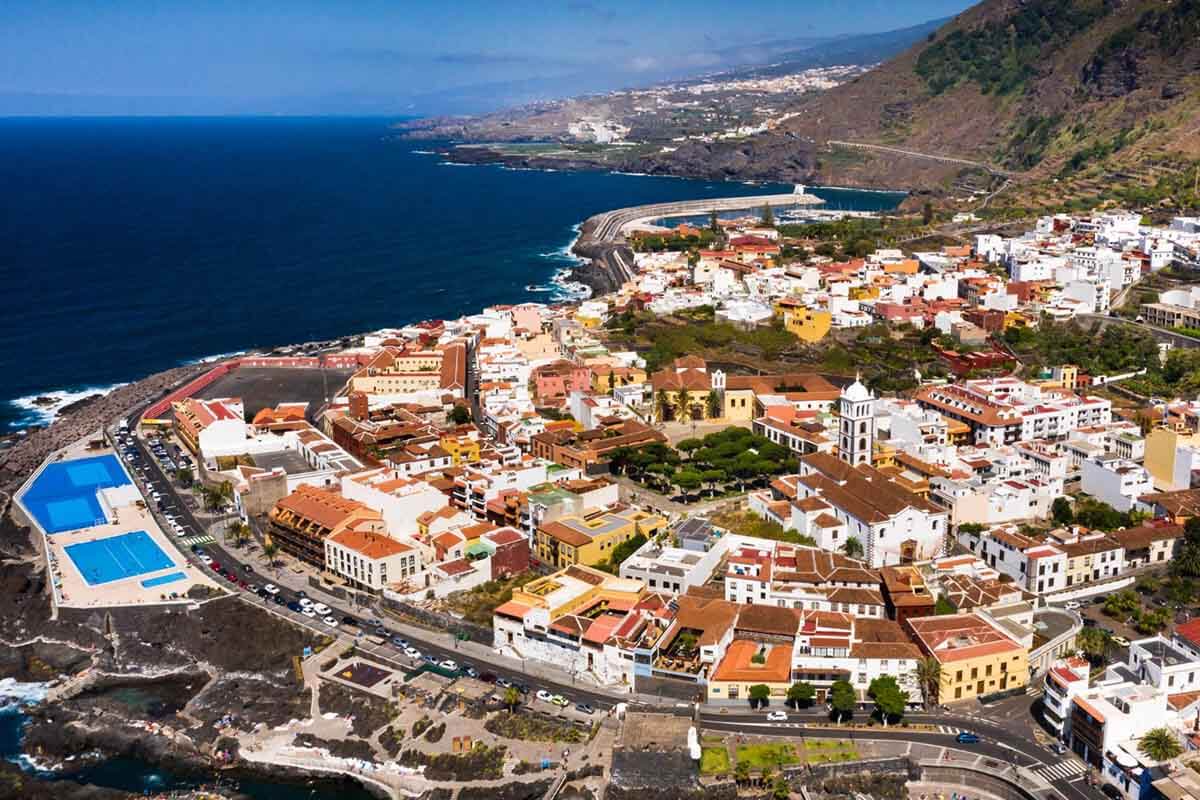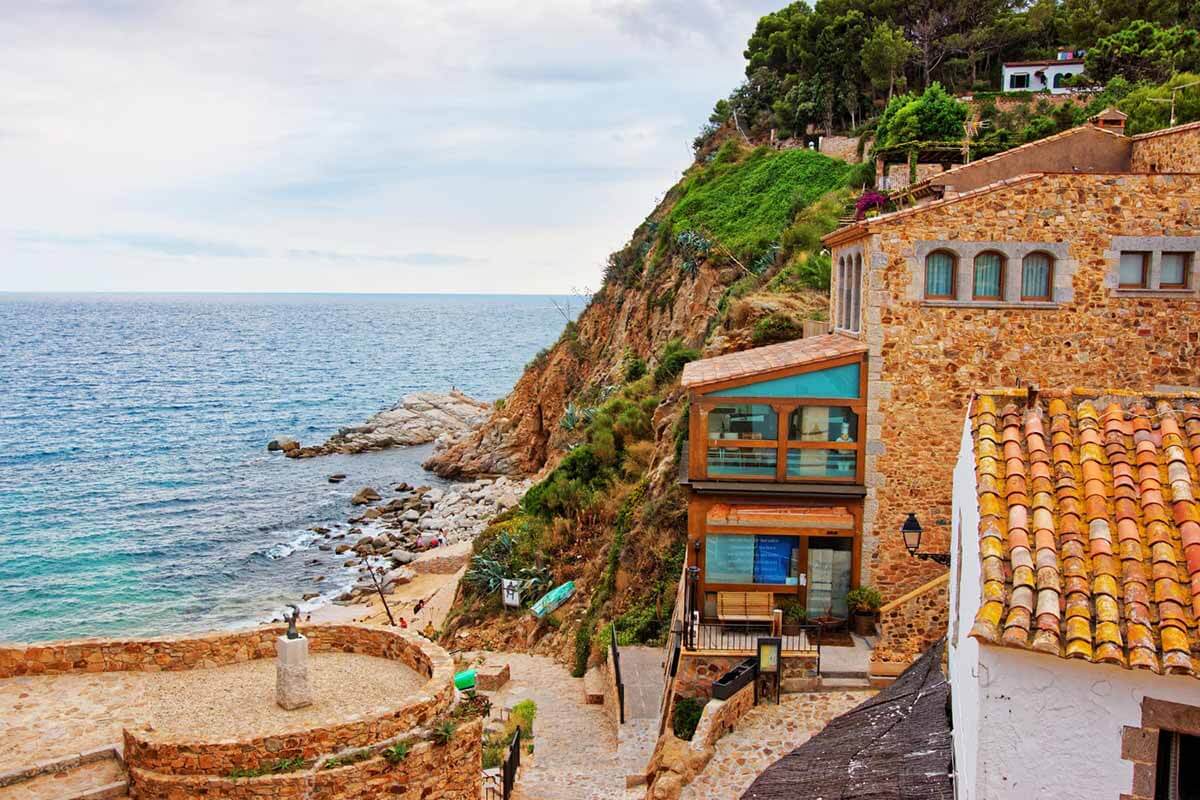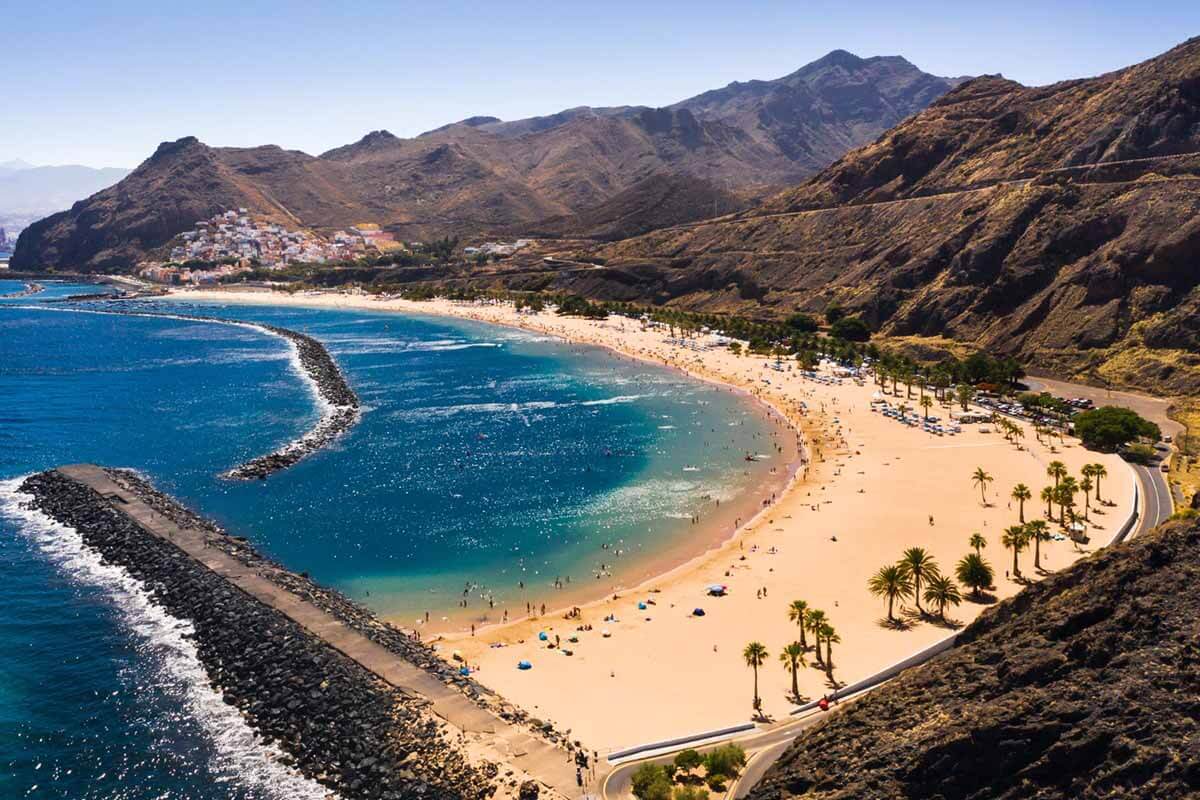
These countries are among the most popular tourist destinations. Many foreigners invest in Spanish or Turkish properties, especially coastal properties, to increase their resale or rental income. Let’s consider which one is more profitable in purchasing a housing unit: Spain or Turkey.
Content:
- Typical characteristics of real estate assets in Spain and Turkey
- Features of the Turkish real estate market
- Spanish real estate market
- The advantages of Spanish real estate in comparison with Turkish properties are as follows
- Location and infrastructure of Spain
- Location and infrastructure of Turkey
- Real estate prices and mortgages
- Spain for foreign investment
- Turkey for foreign investors
- Which country is more profitable for real estate investments, Spain or Turkey?
- What is so good about it?
- Adaptation in Spain
- Choosing a property in Spain
Typical characteristics of real estate assets in Spain and Turkey
Properties are divided into primary, secondary, and off-plan. Let's look at the features of the housing markets in these countries.

Features of the Turkish real estate market
- High risk of seismic events. Compulsory Earthquake Insurance (DASK) is required.
- A high percentage of old housing stock.
- High realty prices in central cities.
- There is no central heating—high utility bills.
- Layout where the kitchen is connected to the living room.
- The average area of the housing unit is bigger than in European cities. This applies not only to the business class but also to the affordable housing sector. For example, the average area for a 2- or 3-room apartment is 110 m².
-
Limited availability of 1-room apartments (studio apartments).
The most common layout options are "1 + 1" and "2 + 1". The first digit indicates the number of bedrooms, and the additional digit indicates the living room connected to the kitchen that serves as a dining room. "3 + 1" and "4 + 1" spacious options are pretty common too. In European reality, it would be the equivalent of a 4- or 5-bedroom apartment.
- Real-estate agents are always involved in housing sales.
- Only complete furniture sets are sold in furniture stores. It is not easy to buy an individual piece of furniture.
Spanish real estate market
- 51.2% of more than 25.2 million homes in the state are over 40 years old.
- Single-family housing is most common in the suburbs, in areas with low population density, and areas remote from urban centers.
- Chalets, bungalows, and townhouses are the most popular types of single-family houses in the state.
- Prefabricated housing units have not become popular yet, unlike in the rest of Europe.
- Mansions are most common in seashore areas like Marbella, Ibiza, and others.
- Smaller houses are located in city centers. The average building area increases as you move away from the center. The average size of a Spanish house is 103-147 m². You can often find apartments in Spain ranging from 30 m² to 50 m² in the urban centers of cities such as Madrid or Barcelona.
- A typical Spanish house usually has three bedrooms, two bathrooms, and a very long hallway.
- Window blinds or awnings are not widely used in most of Europe and the United States of America. They are trendy here.
- Flat roofs help to keep the home cool. These roofs are a unique feature of local buildings in one of the hottest countries in Europe.
The advantages of Spanish real estate in comparison with Turkish properties are as follows:
- affordable mortgage rates;
- affordable realty prices;
- famous tourist attractions and beaches;
- attractive incentives for investment portfolios by foreign investors. In some areas, you can receive tax benefits and investment allowances;
- high-quality construction materials;
- high energy efficiency;
- the Spanish language is easier to learn for a non-speaker than the Turkish language.
Location and infrastructure of Spain
It is the fourth largest state in Europe and occupies most of the Iberian Peninsula (80%), the Canaries, and the Balearic Islands. Its total area is 504,782 km² (including the territories on the African coast, the cities of Ceuta and Melilla). It has the Atlantic Ocean in the north and west and the Mediterranean Sea in the south and east. The country shares borders with France, Andorra, and Portugal. The Spanish coastline is more than 5,000 km.
It has some of the best quality indicators in its railway networks, roads, and airports. This allows you to lead an active lifestyle and keep in touch with family and business partners.
The transport infrastructure includes:
- 50 airports, the majority of which offer direct international flights;
- the most significant highway network in the EU (over 17,000 kilometers);
- the longest high-speed rail network in Europe (3,402 km);
- 46 ports, four of them are among the leading European ports;
- 152 logistics parks and the largest logistics platform in Europe with over 1.3 million m2.
A massive government road expansion plan (before the year 2024) includes an investment of €18.670,000,000 to build 3,500 km of high-capacity highways. Another €6.200,000,000 will be spent on modernizing the existing road network.
Location and infrastructure of Turkey
It is located in Western Asia (97%) and Southern Europe (3%). It has eight land and six maritime borders. It is a bridge between two continents with a unique geographical location, providing access to Europe, Central Asia, Russia, the Middle East, and North Africa.
There are 56 airports in Turkey. Turkish Airlines carries out regular air transportation between all major cities. There are plenty of small air companies with flights along the same routes.
Turkish rail service has two significant disadvantages: it connects a somewhat limited number of cities and tourist centers, and it is also slower than, for example, buses.
The location of the purchased unit affects the available infrastructure in both states. Due to the lack of free space, it is impossible to improve the infrastructure in the central parts of cities.
Real estate prices and mortgages
Coastal properties of these states share one thing in common: their prices are lower than seafront properties in other European countries.
Available housing in Spain near the sea can be purchased for €80,000 (Ұ560,261).
Available housing in Turkey costs €100,000 (Ұ700,327). It involves budget off-plan projects. The cost of luxury houses can reach several million dollars in both countries.
Mortgage loans are available to foreigners. Mortgage rates range from 6% to 15% a year. The final amount depends on the bank, the loan amount, and the lender’s capacity to pay. This rate is 2.8-3.2% in Spain, so mortgages are the best option to buy housing.

Spain for foreign investment
The Investor visa or “golden visa” is a residence permit requested by real asset investors and foreigners who purchase property in Spain.
You can obtain this permit by simply purchasing a house in Spain (provided that it costs more than €500,000 or Ұ3,501,636).
According to various ratings, Catalonia, Barcelona, and Madrid are at the top of the list of cities with the highest return on investments (ROI). Next, the Balearic Islands and the Mediterranean coast (Alicante and Malaga cities) follow. High annual growth and an annual return rate of 9.1% characterize the state as profitable for real estate investments.
Turkey for foreign investors
Foreign citizens invest in housing in Alanya and Antalya. These are the most popular regions of the country.
The Turkish real estate investment advantages are as follows:
- reasonable exchange rate (at the current exchange rate (T₤16.3 = €1), the ratio of price and quality is a massive driving force of the market. Financial experts predict that the best rate will continue for a long time);
- abundant housing offers for sale;
- Turkish investment citizenship (the state has a special citizenship program for foreign investors: citizenship obtained directly by investment. According to the Decree published in the Official Gazette of 09/19/2018, foreigners who purchase properties at a minimum price of $ 250,000 have the right to become Turkish citizens);
- available prices;
- high profitability: local developers offer a return on investment starting from 4% to 15% a year.
Which country is more profitable for real estate investments, Spain or Turkey?
Spain is ahead of Turkey in terms of infrastructure development. Properties are more liquid in prime locations. The local currency is stable against the dollar, and the local economy is growing fast.
What is so good about it?
Here are some advantages:
- The population is 47,000,000 people. This makes it the fifth-largest state in Europe.
- High standards of living. The average life expectancy is 78 years for men and 84 years - for women.
- Diverse gastronomy is well-known all over the world. The Mediterranean diet is very healthy and is one of the keys to a long life.
- Spanish beaches are among the most popular in Europe. There is the North with Cantabria, Asturias, the Basque Country, Catalonia, the Valencian coast, the South with such famous beaches as Cadiz or Malaga, and the Canaries Balearic Islands.
- There are plenty of festivals and various parties.
- Culture is one of the most outstanding advantages. The Guggenheim Museums in Bilbao, the Prado in the capital, and Picasso in Malaga are just some of the highlights of Spanish culture.
- Free and universal healthcare system.
- Developed infrastructure. Spain is one of the leading countries in Europe and the whole world from the point of view of high-speed networks, train fleets, highways, and air connectivity.
- It is the third safest place in the EU.
- Cultural and environmental wealth. It is the third state globally with many UNESCO World Heritage declarations and has a vibrant landscape. It is also the first biosphere nature reserve in the world.
- It is one of the warmest countries in the EU, with important coastal and beach areas.
- Stable currency supported by the European market.
- There are 437 million native Spanish speakers. The language is the second most widespread language after Chinese and English.
Adaptation in Spain
People who permanently plan to relocate to and reside in Spain have many questions. The most common ones are:
-
Is it possible to obtain citizenship if buying a residential unit?
The real estate purchase does not provide the immediate right to request Spanish citizenship.
-
Is it possible to live in the country without knowing the Spanish language?
About 15.22% of the country's residents are ex-pats, so there is an opportunity to communicate with fellow countrymen or other ex-pats.
-
What are the working hours in the country?
There is such a term as a "siesta" - a lunch break that lasts 3 hours. Mostly, it is between 14:00 and 17:00. Most companies start to work at 10:00.

Choosing a property in Spain
The Spain-Real.Estate catalog includes a wide range of residential housing on the Spanish coast. Specialists are ready to assist you and answer all your questions regarding purchasing real estate by the sea.
